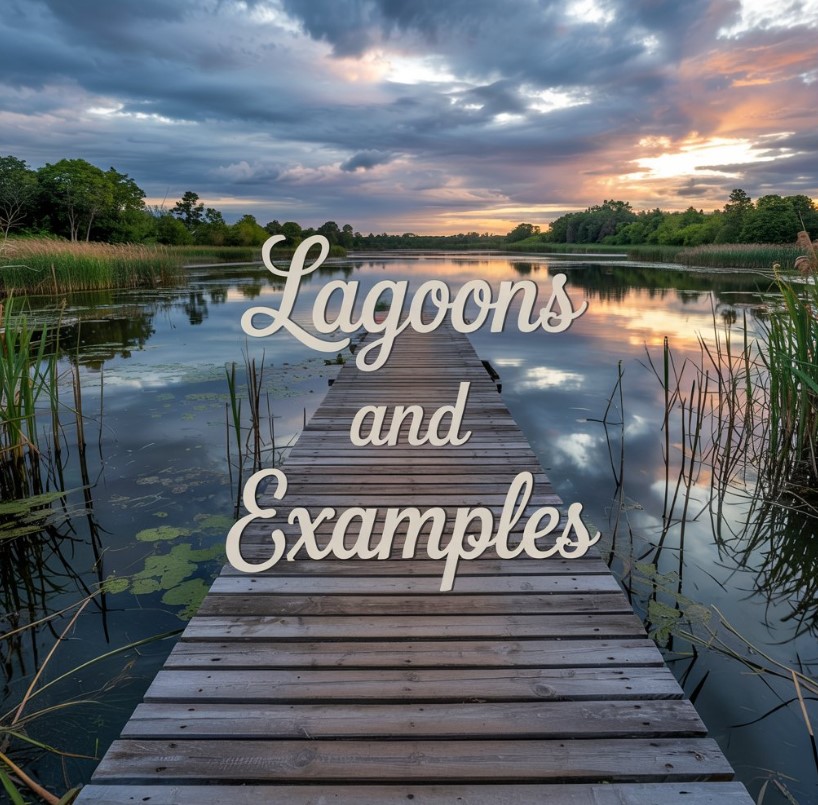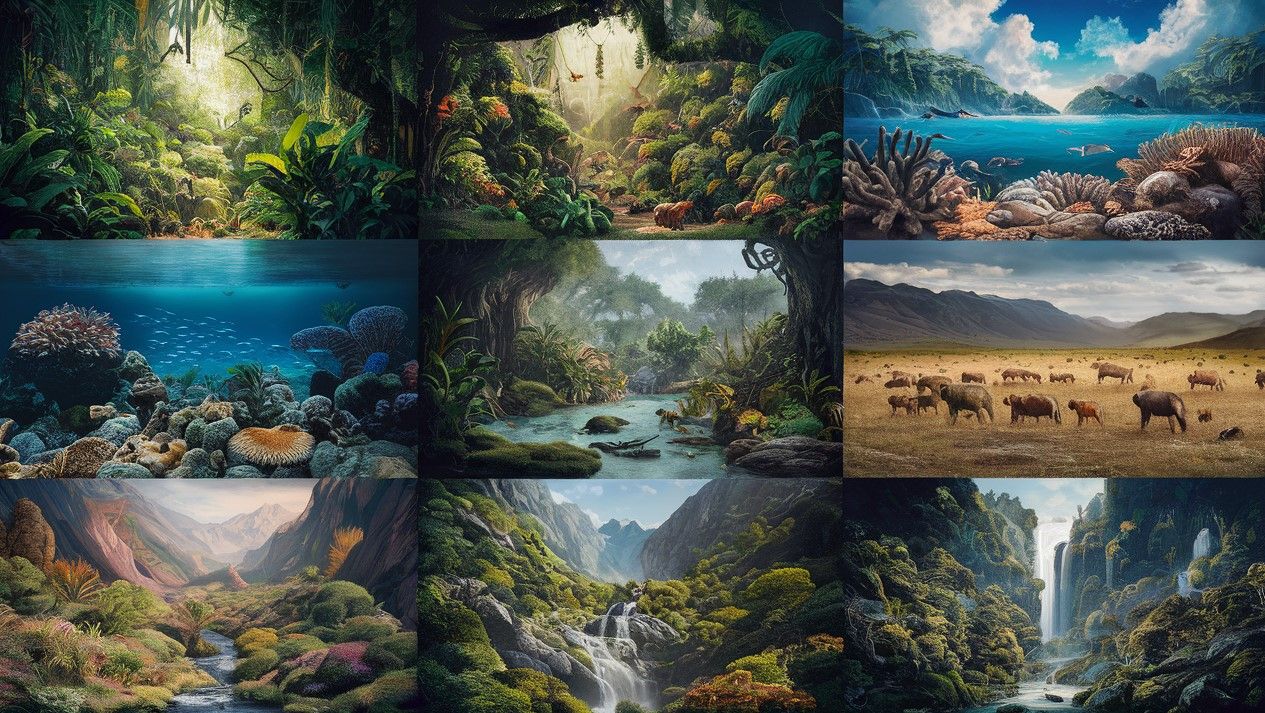Lagoons and Examples

Contents
Lagoons, bodies of water, are relatively shallow and smaller than lakes. They form naturally in low areas of land and rainwater and rivers that flow into them feed them. Lagoons such as Mar Chiquita, Venice and Bacalar are examples. Where they are located is important, lagoons can be classified as inland or coastal depending on location. Lagoons with a connection to the sea and saline water are coastal lagoons. If lagoons form within coral reefs, then they are called atoll lagoons.
Ecologically and environmentally, lagoons serve as habitats for organisms, such as fish, birds and aquatic plants. Lagoons are very important because they regulate the water cycle by retaining, filtering sediments and nutrients, contributing to flood control and stabilizing local hydrological conditions.
Environmental threats facing lagoons are the contamination of their waters by industrial, agricultural or domestic waste, the overexploitation of their waters, and the reduction of their volume or their total disappearance as a consequence of climate change.
Examples of gaps
| Name | Location | Extension (in km 2 ) |
|---|---|---|
| Mar Chiquita Lagoon | Argentina | 7.000 |
| Laguna de Bay | Philippines | 949 |
| Venice Lagoon | Italy | 550 |
| The Albufera | Spain | 210 |
| Mandioré Lagoon | Brazil and Bolivia | 152 |
| La Gaiba Lagoon | Brazil and Bolivia | 98 |
| Ivory Lagoon | Brazil and Bolivia | 97 |
| Cabral Lagoon | Dominican Republic | 65 |
| La Cocha Lagoon | Colombia | 40 |
| Sonso Lagoon | Colombia | 14 |
| Red Lagoon | Bolivia | 11 |
| Coal Lagoon | Argentina | 9 |
The most important lagoons in Mexico include: Bacalar Lagoon, located in Quintana Roo, which is known as the Lagoon of Seven Colors and is famous for its crystal-clear waters and its various shades of blue; Laguna Miramar, located in Chiapas, which is located in the Montes Azules Biosphere Reserve, in the Lacandon jungle; Alchichica Lagoon, located in Puebla, and which is a lagoon of volcanic origin; Catemaco Lagoon, located in Veracruz, near the magical town of Catemaco; Laguna de Zacapu, located in Michoacán, and which is a very important wetland in the region; Laguna de Términos, located in the Gulf of Mexico, and which is a coastal lagoon known for its importance as a habitat for migratory birds and marine species; Cuyutlán Lagoon, located in Colima, and which is a coastal lagoon known for its biodiversity and for the production of high-quality salt; Tamiahua Lagoon, located in Veracruz, and which is a coastal lagoon that is part of the Tamiahua Lagoon System, an important ecosystem that is home to a wide variety of bird and fish species; Laguna del Carpintero, located in Tamaulipas and in the center of the city of Tampico; and Yuriria Lagoon, located in Guanajuato, and which is an artificial lagoon built in 1548.
A lake has a great size and depth, while a lagoon tends to be smaller and shallower. Lakes are usually large bodies of water that can reach hundreds of thousands of square kilometers and have a considerable depth. Lagoons are smaller and shallower bodies of water compared to lakes. Lagoons are often found in coastal areas or lowlands and they may be connected to the sea through estuaries or sand barriers. Lagoons can be freshwater, saltwater, or brackish depending on location. They are more sensitive to changes in water level and can grow, shrink, or even disappear quickly due to their lower water volume.











